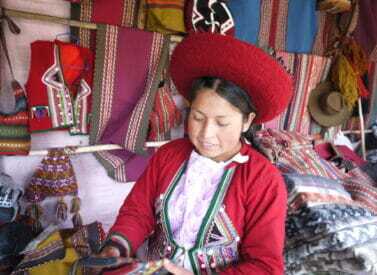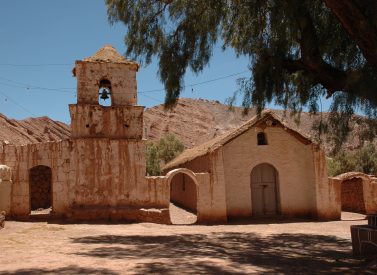
Ecuador Highlights 8-Day Holiday
Join our cultural tour of Ecuador’s highlights
On our 8-day tour from north to south we take in Ecuador’s highlights, get close to the conical, snow-capped peaks of Cotopaxi and Chimborazo and swoop down through the Cajas National Park to sea level, and the coastal region with its banana and cocoa plantations.
Discover the beautiful colonial cities of Quito and Cuenca as well as local traditions in indigenous villages. Enjoy bartering at authentic Andean markets, and perhaps order a true Panama hat in Cuenca.
More on Ecuador Highlights
The friendly Ecuadorian people show you their breath-taking country as you enjoy our comfortable, handpicked hotels en-route.
We start in the UNESCO city of Quito, visit stunning national parks and get up close to three volcanoes.
We reach the colonial city of Cuenca, home of the Panama hat and handicrafts of every kind, before heading to Guayaquil.
Trip Highlights
Print Share Download as PDF-
The best of Ecuador in one week-long, guided group tour.
-
Tour Quito and stand on the Equator.
-
Visit authentic Andean markets.
-
See volcanoes of Quilotoa, Cotopaxi and Chimborazo.
I had such a wonderful time in Ecuador, definitely an experience I will never forget.
S. McGregor, Ecuador
Full Itinerary
Day 1: Quito City Tour and Equator Monument
Your journey begins with a visit to the capital of Ecuador. It is located at 2,850m/9,350ft above sea level, at the slopes of the Pichincha volcano and nestled in a green Andean valley. Quito, one of the oldest cities in South America, is also one of the few cities that has preserved numerous monuments and artistic treasures of the Spanish colonial period.
The colonial centre of the city was declared a UNESCO World Heritage site in 1978.
We begin the tour with a walk through the narrow streets to visit some of America’s oldest and most beautiful churches such as El Sagrario and La Compañia and the famous plazas of Santo Domingo, La Merced and San Francisco. We continue to “El Panecillo” hill, to meet the winged virgin and enjoy a fascinating view of Quito.
We will also visit an artisanal chocolate factory, where we will learn more about the Ecuadorian Fine Aroma Cacao and about the chocolate-making process.
In the afternoon we will drive to the famous Equator Monument “Middle of the World”, which is located in a dry valley on the northern outskirts of Quito. Here we visit the Museo del Sitio Inti Nan, which was built by a private anthropological foundation next to the official equator monument.
This beautiful solar museum has exhibits of different indigenous culture and their traditional way of life, and of course, we’ll see the monument that marks the equatorial line.
We spend the night in Quito at the Hotel Ikala or similar
Day 2: Indigenous Market Pujili - Quilotoa Crater Lake Hike (B,L)
Leaving Quito and heading south along the “Avenue of Volcanoes” towards Cotopaxi province, our first stop is the indigenous market of Pujili, a riot of smell and colours.
We continue along winding roads that pass the most beautiful landscapes of the Ecuadorian Andes, to reach the picturesque volcanic crater that is Lake Quilotoa.
From the crater rim it’s possible to walk down to the turquoise lake shores, a hike worth making. No need to worry about the way back, because there are horses and mules to help with the ascent (not included in tour price).
We have a boxed lunch to help recover our strength while enjoying one the unique magic and beauty of this crater lagoon.
After this visit we will drive to the hacienda Los Mortiños, where we will have dinner and spend the night.
Day 3: Cotapaxi National Park - Rose Plantation visit (B,L)
In the morning we drive to the Cotopaxi National Park to do a short hike at the foot of this snow-capped colossus and discover its diverse flora and fauna.
We walk to Limpiopungo lagoon ,which is located at an altitude of 3,800m/12,467ft.
We descend and then visit one of the many rose plantations that have made Ecuadorian roses famous all over the world. Here we see the different kinds of roses and learn about the whole production process.
Afterwards, we will visit a local family to learn about (and try!) machica , a form of barley used her to make a range of dishes and drinks.
We have lunch before continuing to Baños, the lively pilgrimage town with its famous thermal springs and its lovely cathedral.
Overnight at Hotel La Floresta or similar.
Day 4: Excursion to Pailon del Diablo – Melcocha and Caña de Azú car tasting - Riobamba (B)
In the town of Baños, located at an altitude of 1,800m/5,906ft, a pleasant climate prevails.You have some time to yourself this morning before we meet for our “The route of the waterfalls” walk, along the Pastaza River Gorge.
The highlight of this route is located by Rio Verde, where we take a short walk through the cloud forest to reach the thundering waterfall known as “Pailon del Diablo” (Devil’s cauldron).
Then, we have the chance to taste some of Ecuador’s traditional sweets, “melcocha”, a soft and chewy candy made from honey or brown sugar for which Baños is famous, and sugar cane juice
In the afternoon, our tour continues to Riobamba.
Overnight Mansion Santa Isabela or similar
Day 5: Riobamba – Chimborazo National Park – Cuenca (B,L)
After an early breakfast, we set off for Chimborazo, Ecuador’s highest volcano (6,310 m). Along the way, we will drive through desert-like landscape and spot shy vicuñas. If you feel fit enough, there is a chance to have a short hike around Edward Whymper hut (5,000 m). You’ll get a great view of this stunning Andean landscape.
Our onward drive takes us through beautiful mountain landscapes to the lovely town of Cuenca where we spend the night.
Overnight at Hotel los Balcones or similar
Day 6: Cuenca City Tour - Panama hats (B)
After breakfast we start our tour of the beautiful colonial city of Cuenca, declared a World Cultural Heritage Site by UNESCO in 1999.
The promenade along the Rio Tomebamba, the imposing new Cathedral and the daily flower market are just some of the city’s highlights.
The tour also includes a visit to a workshop and museum of the famous Panama hat and a visit the the Pumapungo museum and ruins.
The afternoon is left free for you to explore this charming, historical city on your own.
Day 7: Cajas National Park - Guayaquil - farewell dinner (B,D)
After breakfast, we head to the west to cross El Cajas National Park.
This reserve, although it is mostly above the tree line, has an amazing variety of plant and animal life. As well as rugged ridges and deeply hewn, box-shaped valleys, there are around 240 lagoons of varying sizes.
We reach to an altitude of almost 4,200m/13,780ft above sea level, after which the road starts to head down to the coastal region, through beautiful and ever-changing landscapes.
We drive through expansive cocoa, bananas, rice, and sugar cane plantations towards the bustling metropolis of Guayaquil, the largest city in the country.
On arrival, we head to our hotel and then take a city tour in Ecuador’s main port, best explored on foot.
We start at Parque Bolivar, then onto Plaza de Administración, the Moorish Clock Tower and finally the “Malecón 2000” and the artistic district of Las Peñas, with its spectacular panoramic view of the Guayas river and its fringe of green mangroves.
After our city walk we get together in the evening for a final farewell dinner at a traditional restaurant.
Overnight at Palace Hotel or similar
Day 8: Transfer to the airport for onward travel (B)
End of our services with a transfer out, and/or onward travel.
Prices From $1,718 / £1,397 per person
What's Included?
7 nights in double room with breakfast, meals as per itinerary, English speaking guide / driver (2 people) or guide and driver (+4 people), private transportation, visits and excursions described in the program.
What's Not Included?
Soft and alcoholic beverages, meals not described on the program, other services not described on the program, tips and personal expenses, flights.
Accommodation
We use 2-3* hotels in town with private bathrooms.
Upgrades available at extra cost – please ask.
Tour Staff
Tour leader throughout the tour, a local, bilingual Ecuadorian guide with many years’ experience.
You may also meet local guides with specialist knowledge at certain points.
Our local drivers and support staff have worked with us for many years.
Meals
Almost all dietary requirements can be catered for – please ask us for more information.
Breakfasts at hotels will feature teas, coffees and juices to drink, plus cereals, fruit, eggs, toast and jams etc.
While out on tours, we either supply a packed lunch of sandwiches, snacks, soup, fruit etc, or we eat at a local restaurant. These are often buffet style with soups, rice, pasta, potatoes and then puddings/fruit.
Evenings are often free for you to choose to eat in a local restaurant or at the accommodation, depending on where we are.
Bigger towns have international and local Ecuadorian options.
Activity Level
This trip is open to people of good mobility and health. We build in acclimatisation and any walks aim to be 2-3 hours maximum. You can sit any out that you wish.
We grade this as an ‘easy’ trip but there is high altitude and some walking in open countryside to be aware of.
Practical Information
Introduction to Ecuador
Ecuador is the second smallest South American country, and one of the most varied.
It comprises three main geographical areas: the coast, highlands and Amazon plus is home to the Galapagos Islands.
Because of its relatively compact size, it makes a great holiday destination as you can move from highlight to highlight fairly easily and rapidly.
Weather in Ecuador
Ecuador lies between latitudes 4º south and 2º north. Overall, climate varies according to time of year, altitude and region.
The Sierra
In the Ecuadorian highlands, there is little temperature variation by season as temperature depends largely on altitude.
In Quito, shade temperatures range from 6 to 10ºC in the morning and from 19 to 23ºC in the afternoon, with cool nights. In the lower basins between mountains, it gets significantly warmer.
Rainfall depends on whether an area lies closer to the eastern or western Andes. To the west, June-Sept is the dry period and Oct-May the wet (with often a short, dry spell in Dec or Jan).
The best period to visit Quito and trek and climb volcanoes such as Cotopaxi is the west Andean dry season of June-Sept and Dec/Jan. This is also Ecuador’s high season. During the Oct-May wet season, most rainfall is in the afternoons.
To the east, Oct to Feb are dry and Mar-Sept are wet. Overall, the southern highlands are drier than the northern highlands.
The Coast
On the Pacific coast, rainfall becomes less from north to south. The coast can be enjoyed year-round, although from June-Sept mornings are often grey with the garua mists.
Jan-May is the hottest and rainiest time of year.
The Amazon
In Ecuador’s Amazonian region, rain can fall at any time, but Dec-March is usually the driest season and Mar-Sept is usually the wettest period.
The Galapagos Islands
Galapagos can be visited at any time of year.
The warm season is Jan-Jun, bringing calm, warm waters (around 70°F) and sunny days (72-9°F or 22-32°C), February and March being the hottest and sunniest months with blue skies and sunshine.
The islands receive slightly more rainfall during these months, occasional heavy bursts in the afternoon. Great for snorkelling and you can spend a lot of time in the water without wetsuits, with great, clear waters.
The dry ‘garua’ season is Jun-Dec an it’s a great time for marine life. August and September are the coolest when you may need a jacket in the evenings and the sea can be choppy and temperature drops around 15-24ºC on average.
There can be mist on the islands in the mornings (garua) which usually burns off by midday leaving overcast skies or a sunny afternoon.
Sea temperatures may drop to 60°F- 72°F (15-22°C) during this time and snorkellers will want a wet suit for prolonged periods in the sea.
Quick facts about Ecuador
Official name: Republic of Ecuador
Country population: 15,000,000
Capital city: Quito (2.51 million)
Largest cities: Guayaquil, Quito, Cuenca, Machala
Languages: Spanish (official), Quechua
Latitude/Longitude: 2º S, 77º 30 W
Official currency: US dollar
Major industries: bananas, shrimp, oil, gold, roses
Time zone: GMT-5 (Galapagos GMT-6)
Altitude
Being at altitude, especially in the tropics, is usually a pleasure as it isn’t so hot, there are few insects and the air is clear.
However, when gaining altitude, air pressure drops and the amount of oxygen reaching the lungs is reduced. Although we build plenty of acclimatisation time into our itineraries, certain ill-effects are possible. Nevertheless, all of these can be minimised or prevented if care is taken.
On reaching heights above 2,500m (approx. 8,200 ft), especially when ascent has been straight from sea level, heart pounding, mild headache and shortness of breath are normal, especially on exertion.
Acute mountain sickness (AMS) is a syndrome known locally as soroche, whose symptoms can include of bad headache, dizziness and nausea).
To avoid AMS, you should:
- Rest for a few hours on arrival at altitude and take it easy for the first couple of days. Note: you may feel fine on arrival and tempted to exert yourself as normal. Don’t be fooled: you might be benefiting from oxygen brought in your blood from sea level.
- Drink plenty of water to avoid dehydration (altitude is a diuretic). Coca tea (mate de coca) helps alleviate symptoms.
- Eat light meals, with high carbohydrate and low fat and protein content. Dine early, allowing digestion time pre-sleep.
- Avoid over-exposure to the strong highland sun (UV rays are very powerful) – especially in the early stages – making sure you wear a broad brimmed sunhat. Apply lip-salve to prevent chapped lips.
- Avoid or minimise consumption of cigarettes and alcohol. Avoid sleeping pills.
- If you do get AMS: Rest, take non-aspirin painkillers (for headache) and coca tea. Symptoms should subside after a day or two.
- Pregnant women, people with a history of heart, lung, kidney or blood disease or blood pressure problems, should consult their doctor before traveling to high altitude.
Responsible Travel - our ethos
Andean Trails believes in Responsible Travel and actively supports several community projects.
Please see Our Advice and Our Ethos for more, and learn about the Projects We Support.
We operate the Inca Trail, our treks and tours with local firms.
We make sure that on our tours and Inca Trail we employ local staff, who are paid fair wages.
With the Inca Trail, We provide free life insurance to all of our porters. Tented accommodation and meals are provided for all trekking staff as well as foam mats, sleeping bags and rain ponchos. We have also provided the staff with trekking shoes. We ensure our porters carry a maximum of only 20kg. We offer them backpacks and they generally use back supports.
Clean burning fuel is used to cook the meals on the Inca Trail and porters carry gas stoves and butane bottles. We use biodegradable detergents when washing the cooking and eating utensils. If any part of our tour or trek is operated by another company, we try to ensure that high standards are maintained.
Our additional support helps the Huchuy Yachaq project which supports children and families in one of the poorest communities in the district of Cusco.
Available Dates
05th Jul 2025 - From $1718 / £1396.734
2025 price, per person, 2 people in shared Standard roomCan be run privately any day
Hotel upgrades available
Single supplement applies
09th Aug 2025 - From $1718 / £1396.734
2025 price, per person, 2 people in shared Standard roomCan be run privately any day
Hotel upgrades available
Single supplement applies
13th Sep 2025 - From $1718 / £1396.734
2025 price, per person, 2 people in shared Standard roomCan be run privately any day
Hotel upgrades available
Single supplement applies
18th Oct 2025 - From $1718 / £1396.734
2025 price, per person, 2 people in shared Standard roomCan be run privately any day
Hotel upgrades available
Single supplement applies
08th Nov 2025 - From $1718 / £1396.734
2025 price, per person, 2 people in shared Standard roomCan be run privately any day
Hotel upgrades available
Single supplement applies
06th Dec 2025 - From $1718 / £1396.734
2025 price, per person, 2 people in shared Standard roomCan be run privately any day
Hotel upgrades available
Single supplement applies

Dates & Prices
Select an available date to view pricing and information for that particular trip.
2025 price, per person, 2 people in shared Standard room
Can be run privately any day
Hotel upgrades available
Single supplement applies
Can’t find what you’re looking for? Get in Touch
+44 (0)131 378 5593
+44 (0)131 554 6025



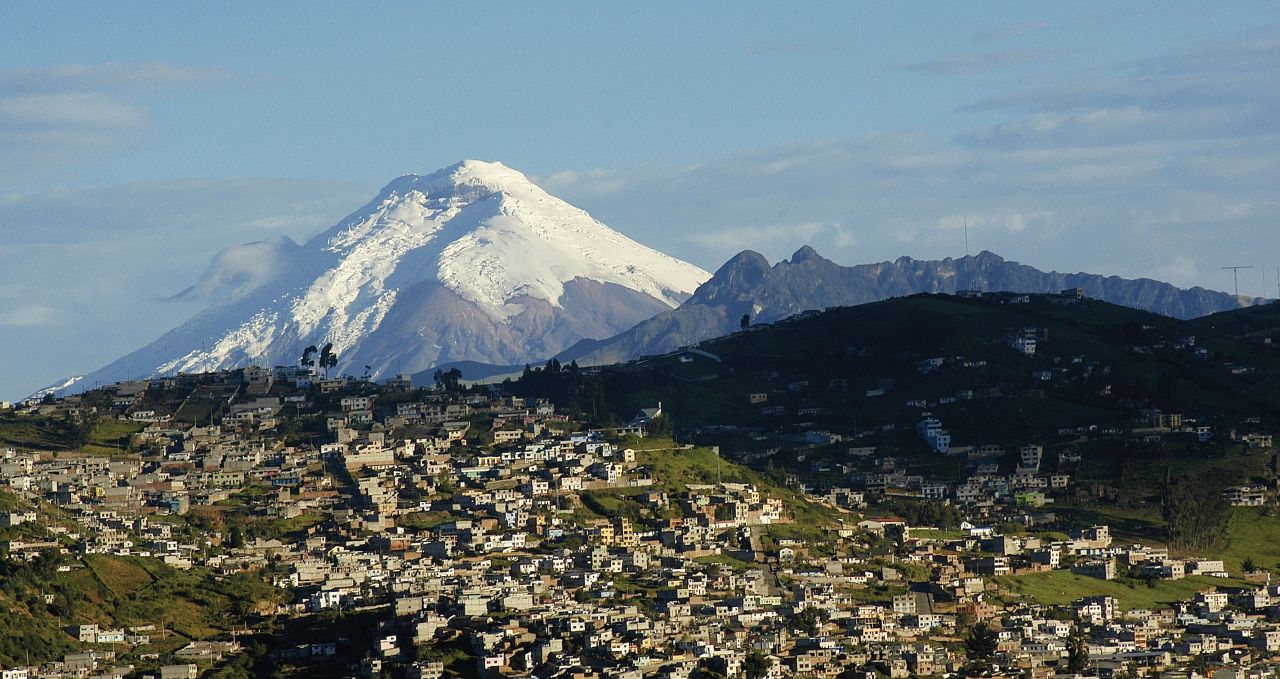

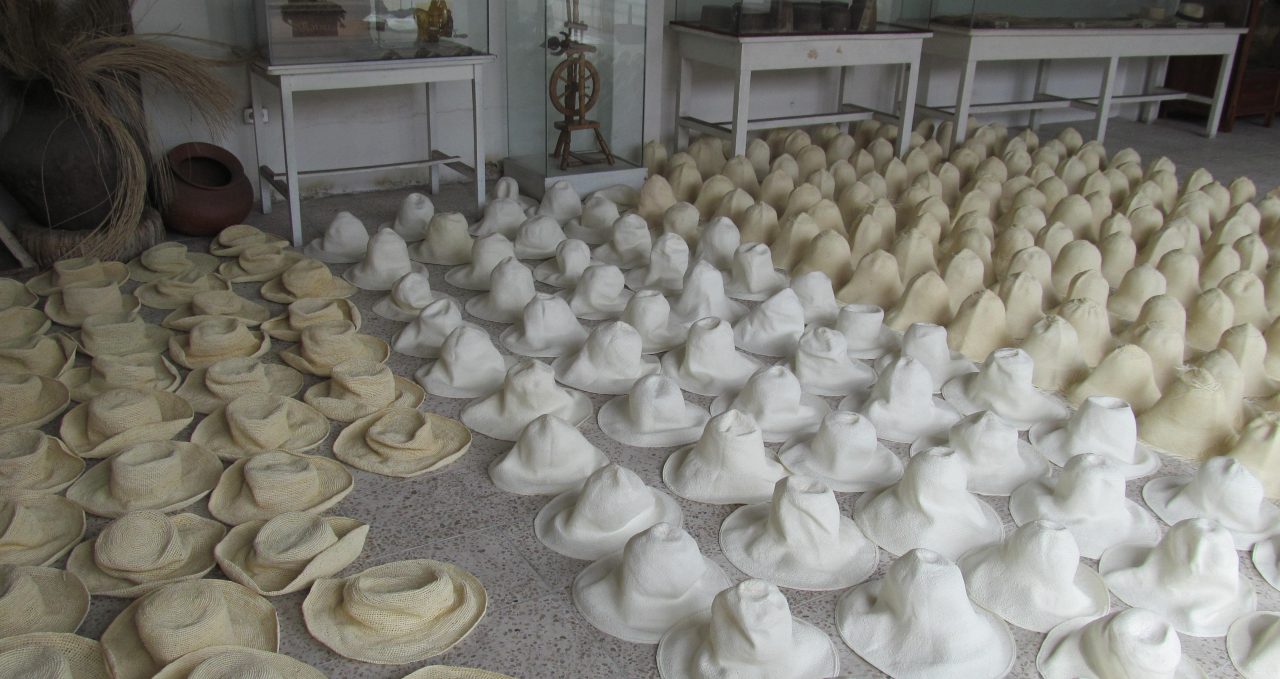
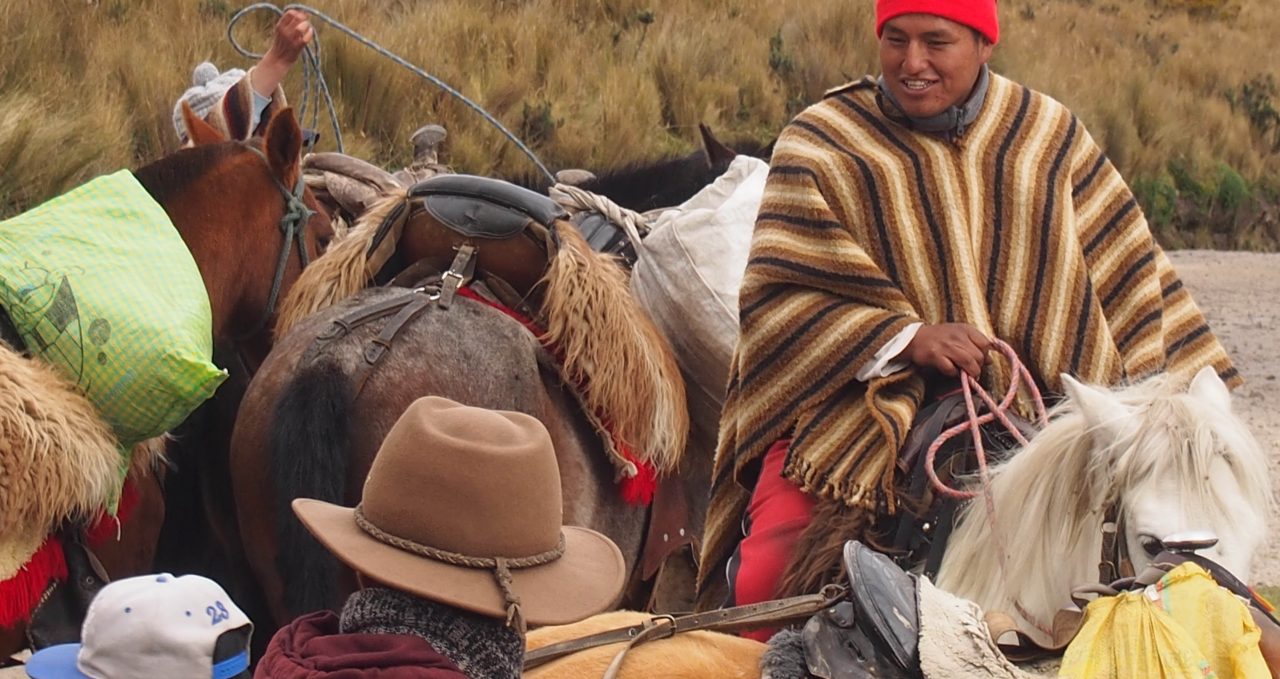
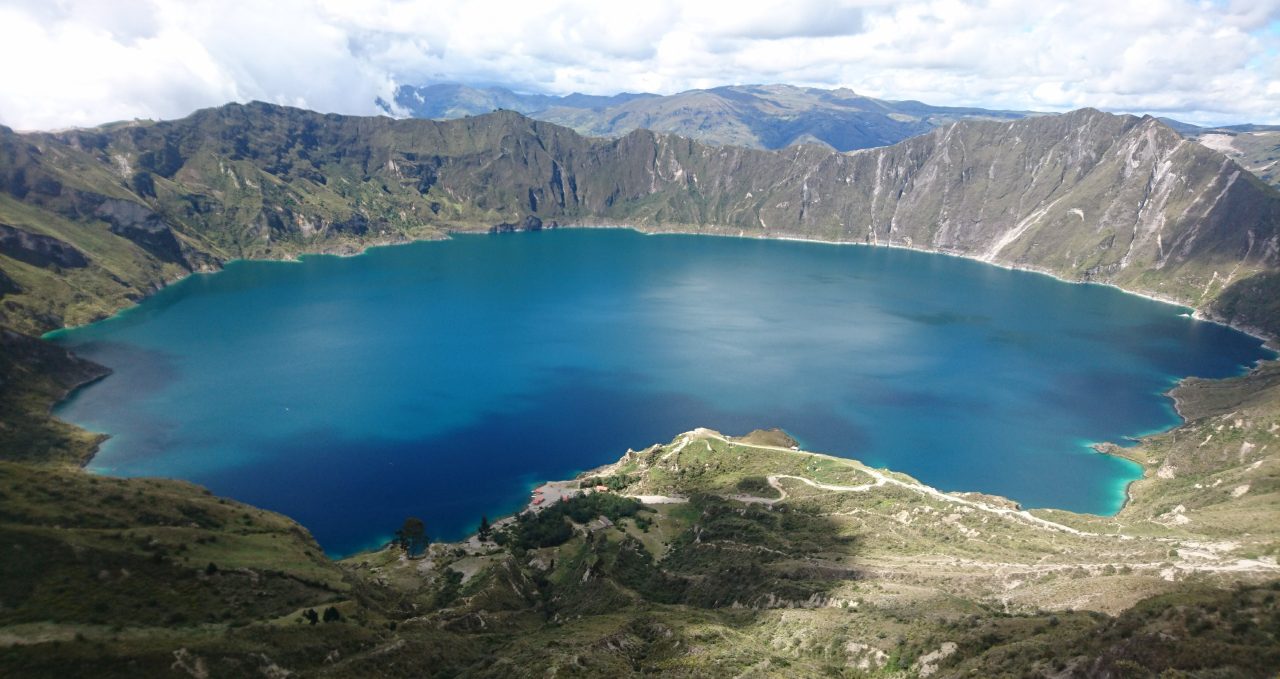
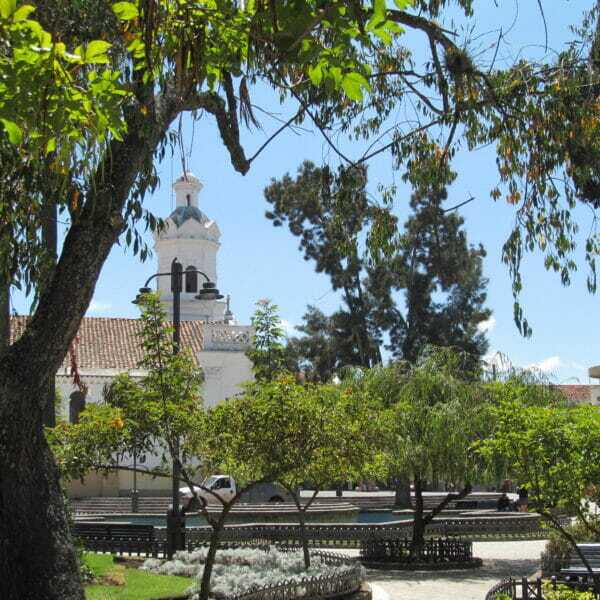
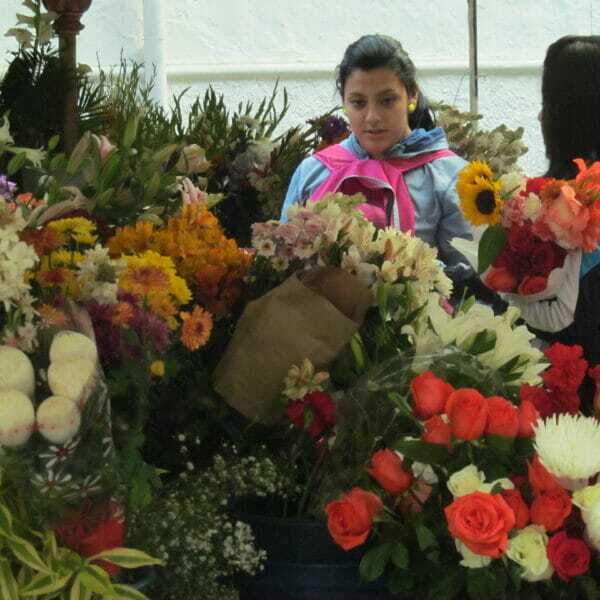
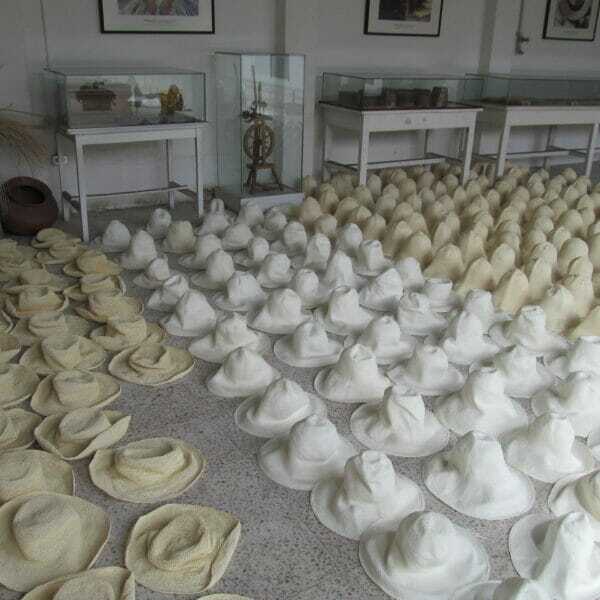
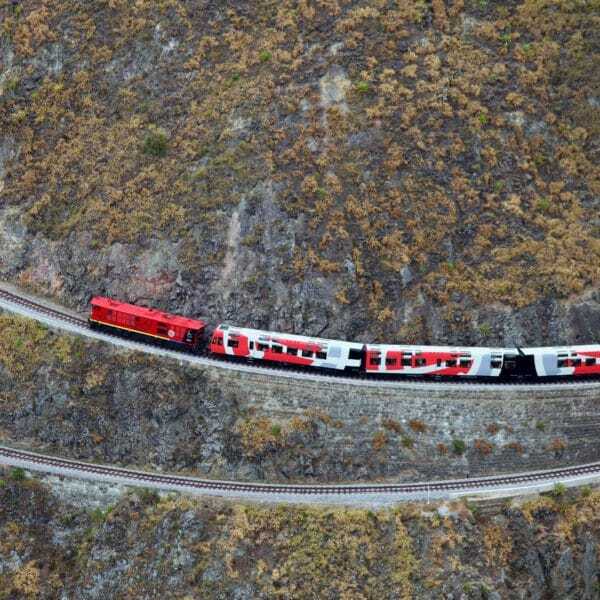
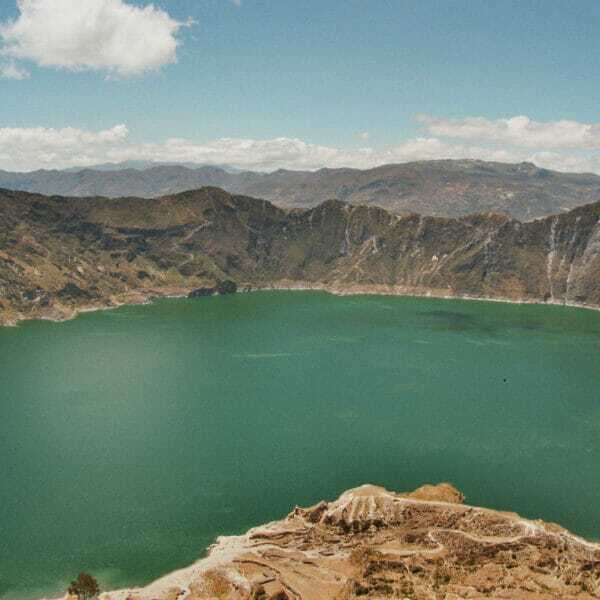
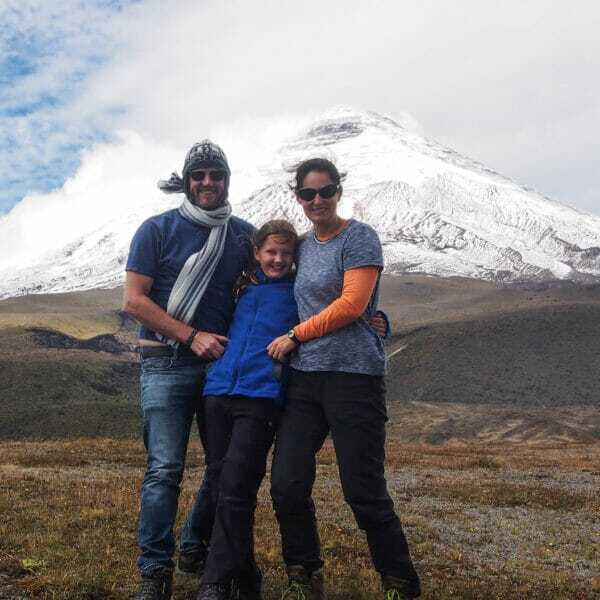
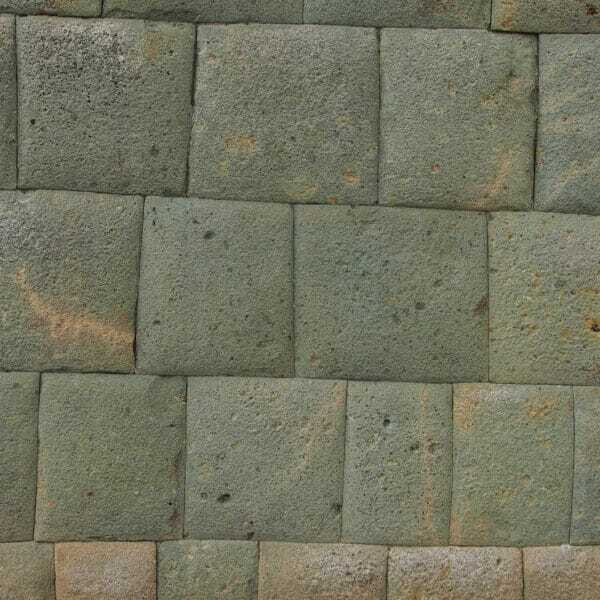
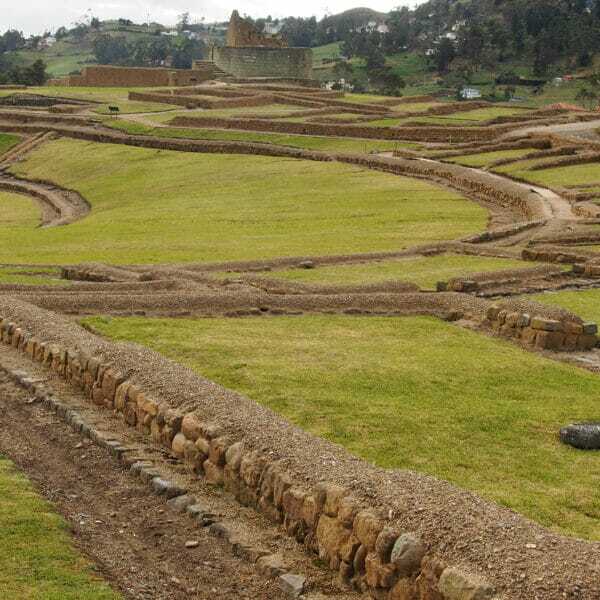

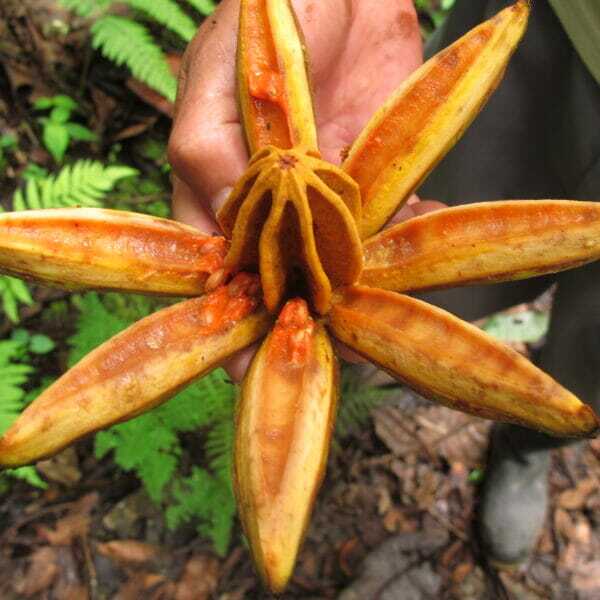
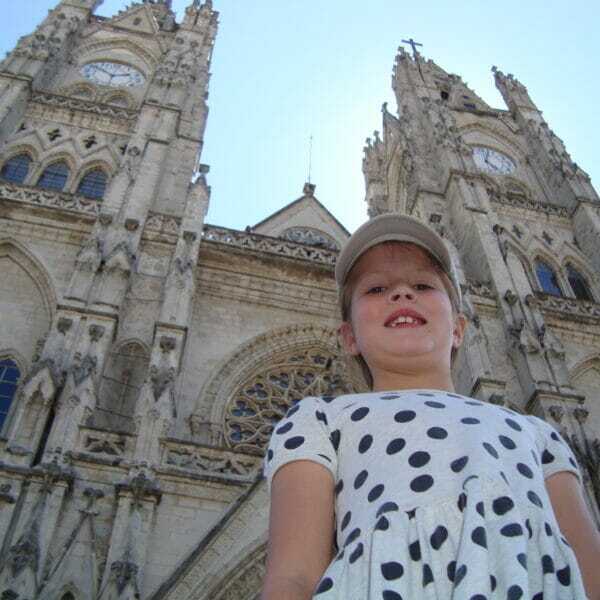
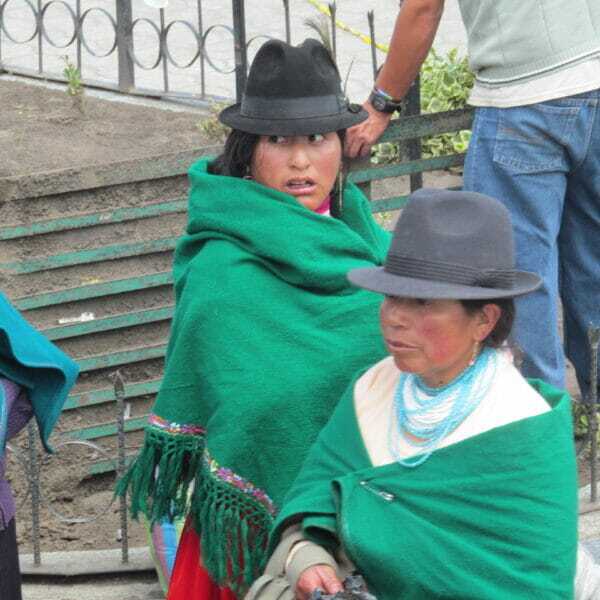
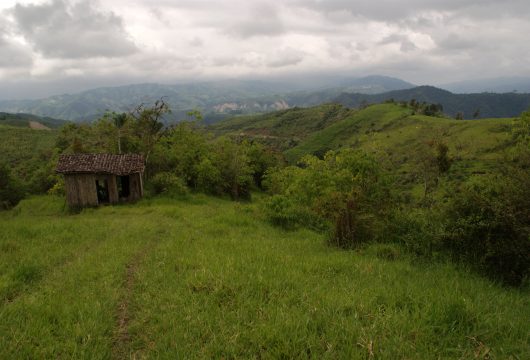
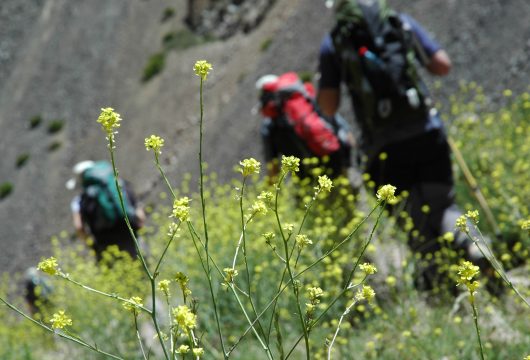
 a Tailor Made Tour
a Tailor Made Tour 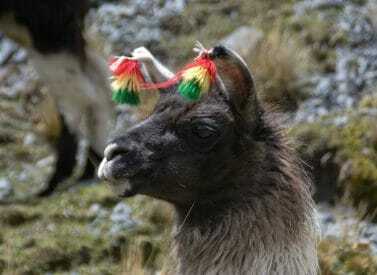
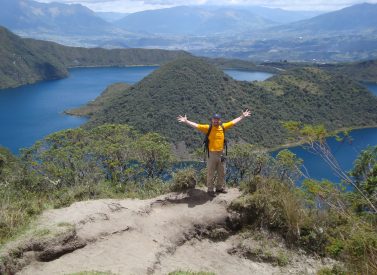

 a Group Tour
a Group Tour 